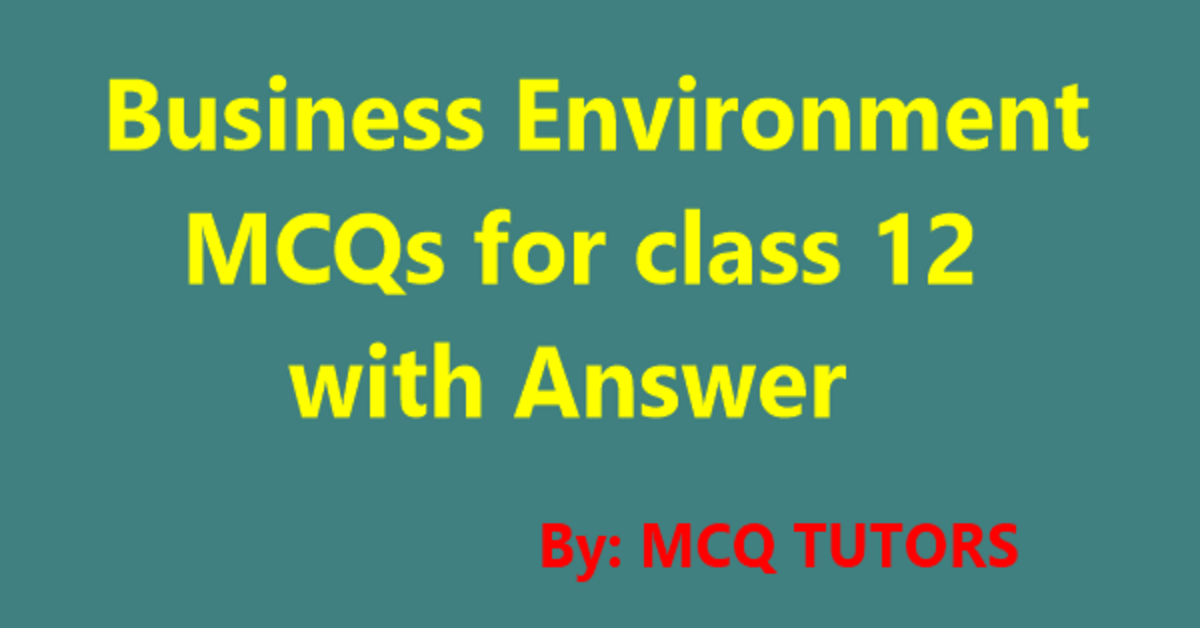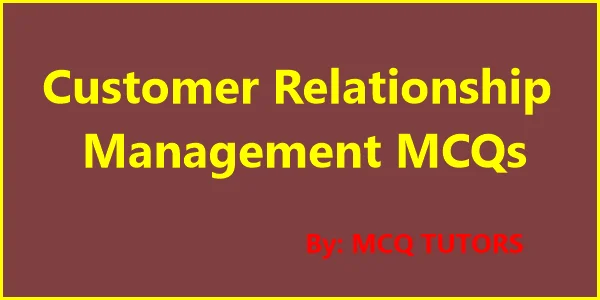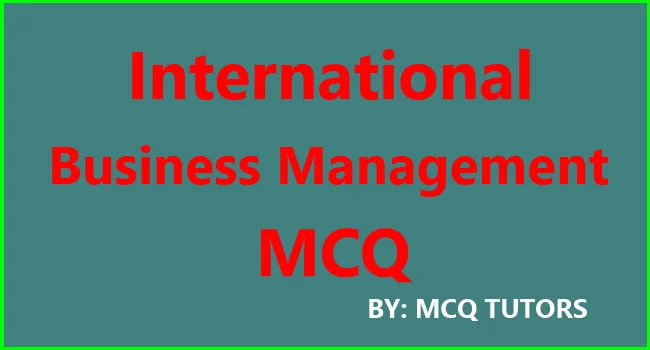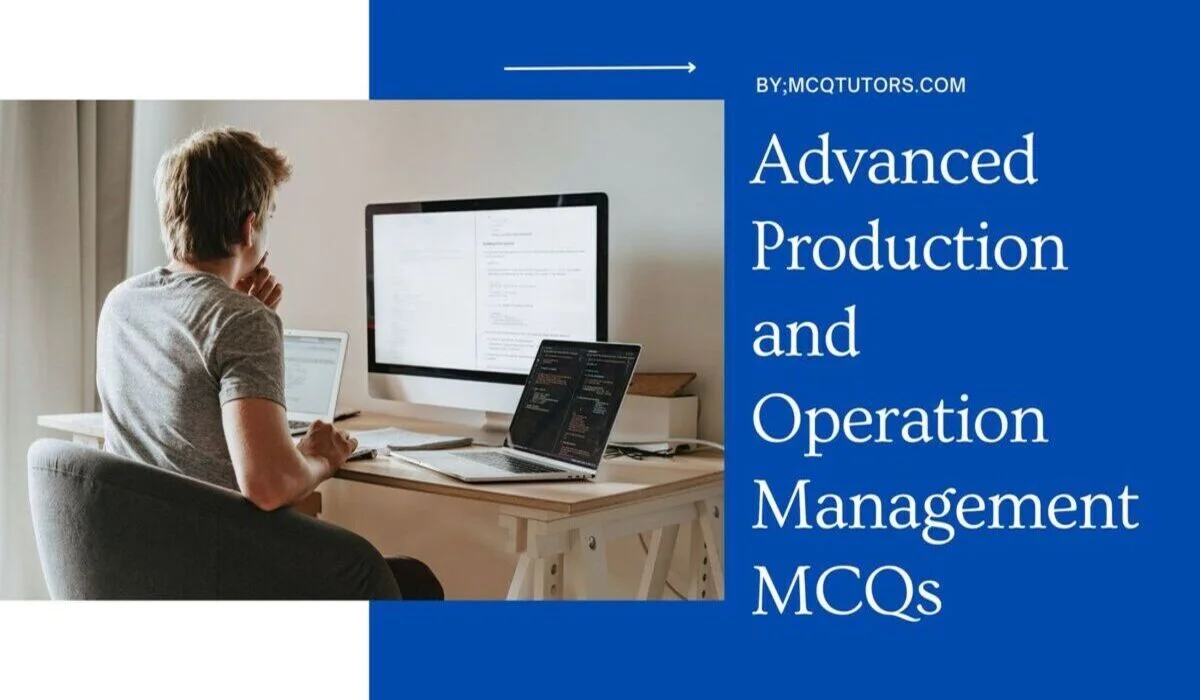Business management MCQ with answers pdf. Business Strategic Management MCQs with Answers is an excellent resource for anyone looking to learn more about business strategy and strategic management.
It provides an effective way to test one’s knowledge and understanding of the material while also providing a great review tool to help prepare for exams or other assessments. The multiple choice questions are well-crafted, comprehensive, and cover a variety of topics within the field.
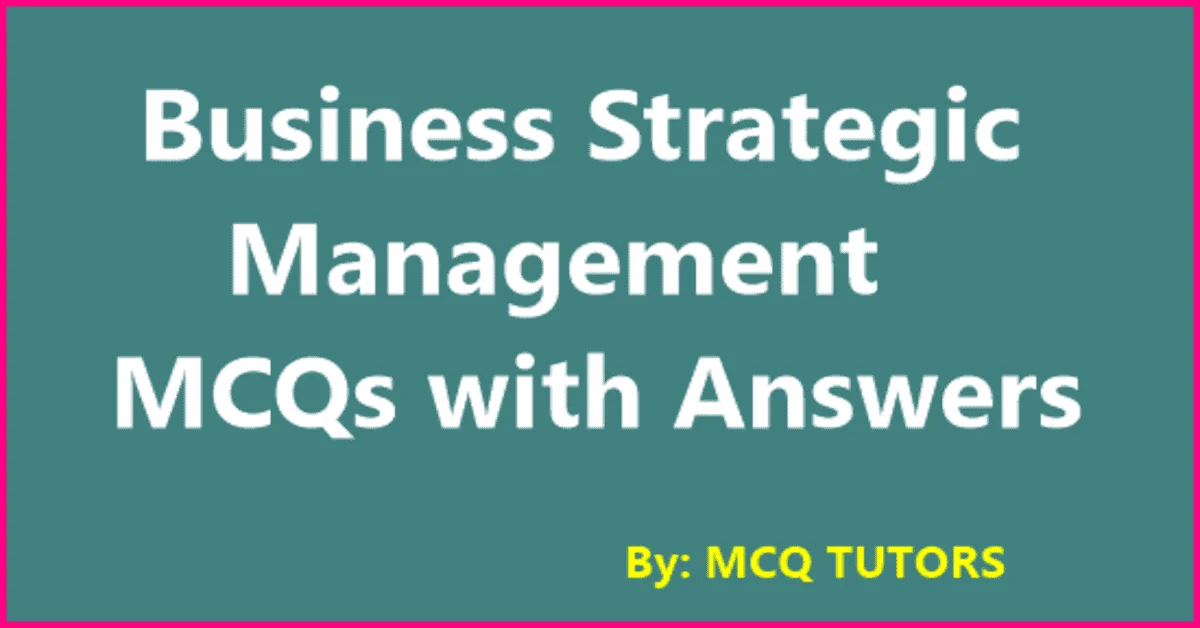
Business Strategic Management MCQs with Answers
1) Main objectives of divestitures-
a) Need to concentrate on core business
b) Reduce the loss by sale of the loss-making units.
c) Amount realized by divestiture I will be made use of for developing other business.
d) All of the above
Ans: d
2) ___ are combinations formed by a collaboration between Indian Industrial companies & foreign industrial enterprises.
a) Foreign collaboration
b) Merger & acquisition
c) Joint venture
d) All of the above
Ans: c
3) The limitation of ___ strategy are:
a) Competitors may irritate and gain greater superiority.
b) Key factor for success
c) Relative superiority
d) Aggressive initiative
e) None of the above
Ans: b
4) Who has given the five basic competitive forces on which industry depends-
a) Michael E.Porter
b) Thomas Edwin
c) Federick Taylor
d) James Robert
Ans: a
5) ___ among existing competitors is often the most conspicuous of the competition.
a) Threat
b) Bargaining
c) Rivalry
d) All of the above
Ans: c
6) ___ limits the potential returns in an industry by placing a ceiling on the price of firms in the industry.
a) Substitutes
b) Replacements
c) Standardization
d) None
Ans: a
7) Strategic evaluation & control provides-
a) Valuable feedback
b) Information
c) Experience
d) All of the above
Ans: d
8) A ___ is a plan to cope up with critical developments which mark major deviations from the strategic planning premises.
a) Strategic planning
b) Contingency planning
c) Corporate planning
d) Evaluation planning
Ans: b
9) Company image, employee motivation, customer dissatisfaction, etc. are-
a) Quantitative factors
b) Qualitative factors
c) Cannot say
d) All of the above
Ans: a
10) Profitability, market share, growth rate, etc. are the ___ to establish criteria & standards.
a) Quantitative factors
b) Qualitative factors
c) Cannot say
d) All of the above
Ans: a
11) ___ Guides, monitor, and evaluate progress in meeting annual objectives.
a) Strategic controls
b) Performance controls
c) Operational controls
d) All of the above
Ans: c
12) Staff members ___ evaluation.
a) Resist
b) Attract
c) Cannot say
d) All of the above
Ans: a
13) People resist evaluation because it creates a sense of ___ in them.
a) Cooperation
b) Insecurity
c) Reliability
d) All of the above
Ans: b
14) Name the process of making present entrepreneurial decisions systematically
a) Strategy
b) Strategic planning
c) Corporate planning
d) None of the above
Ans: b
15) Strategic planning has ___ and is “planned” to face the real facts of today and tomorrow.
a) Substitute
b) Replacement
c) No substitute
d) No replacement
Ans: c
16) Strategic planning needs to do-
a) What to do?
b) When to do?
c) And how to do?
d) All of the above
Ans: d
17) The planning structure of an organization differs from organization depending upon the ___.
a) Type of product
b) Type of market
c) Type of customers
d) All of the above
Ans: a
18) Strategic planning-
a) Provides consistent guidelines
b) Minimizes the chance of mistakes
c) Anticipates future events
d) All of the above
Ans: d
19) The overall guide that governs and controls the managerial action is
a) Top management
b) Strategies
c) Policies
d) None of the above
Ans: c
20) Without ___, one cannot expect either to formulate or develop any business policy.
a) Business policy
b) Objectives
c) Strategic planning
d) None of the above
Ans: b
21) Strategy also varies according to-
a) Different level
b) Functions
c) Times
d) All of the above
Ans: d
22) There are ___ levels in the hierarchy of objectives.
a) Six
b) Eight
c) Five
d) Four
Ans: a
23) Strategy includes-
a) Awareness of goal
b) Unpredictable events
c) Uncreditable events
d) All of the above
Ans: d
24) During a period of ___ the stability strategy may be suitable.
a) Economic expansion
b) Recession
c) Strong competition position
d) All of the above
Ans: b
25) Regulated industries like alcoholic beverages, tobacco products, etc. prefer-
a) Stability strategy
b) Growth strategy
c) Retrenchment strategy
d) Defensive strategy
Ans: a
26) When factual information is not available, and the businessman takes recourse to his innate strategic choice, he followed.
a) Traditional method
b) Ad hoc method
c) Intuition
d) Modern method
Ans: c
27) Under this method, the existing strategy is reviewed continually on the basis of economic trends, technological changes, etc.
a) Modern method
b) Ad hoc method
c) Traditional method
d) Intuition
Ans: a
28) There is nothing more difficult of success, nor more dangerous to handle than to ___.
a) Initiate a new order of things
b) Undergo change to survive or grow
c) Both ‘a’ & ‘b’
d) None of the above
Ans: a
29) ___changes put profound pressure on business organizations.
a) External
b) Internal
c) Attitudinal
d) Behavioral
Ans: a
30) In ___, there are clear symptoms of the need for change.
a) Reactive change
b) Anticipatory change
c) Urgency
d) Crisis change
Ans: a
31) According to ___, cost leadership requires aggressive construction, vigorous pursuit, tight cost, etc.
a) Porter
b) Kotler
c) Taylor
d) All
Ans: a
32) ___ analysis is necessary for formulating the right strategies.
a) Competitor
b) Market
c) Segmentation
d) Organization
Ans: a
33) The SDF strategy is relevant for
a) Consumer goods
b) Organizational goods
c) Industrial goods
d) All of the above
Ans: a
34) KFS stands for-
a) Known factors of strategy
b) Key factors for success
c) Key factors for strategy
d) All of the above
Ans: b
35) “2+2=5” is described as-
a) Synergy
b) Diversification
c) Concentration
d) None of the above
Ans: a
36) Who said- “A merger is a form of business organization which is established by the outright purchase of the properties of constituent organizations.”
a) Taylor
b) L.H.Haney
c) Porter
d) None of the above
Ans: b
37) ___ enables companies to make better utilization of its resource and strengths.
a) Diversification
b) Integration
c) Synergistic
d) None of the above
Ans: a
38) ___ involves the sale of a division unit or part of the asset of a company to another.
a) Spin-offs
b) Tender offer
c) Separation unit
d) Divestitures
Ans: d
39) Restructuring is usually a part of the ___.
a) Turnaround strategy
b) Human resource management
c) Neutralizing
d) Divestiture
Ans: a
40) “Culture” is composed of-
a) Assumptions
b) Values
c) Beliefs
d) All of the above
Ans: d
41) ___ is used by profit-making companies, while ___ is used by non-profit organizations.
a) Purpose & mission
b) Mission & goal
c) Objectives & mission
d) None of the above
Ans: a
42) Corporate ___ & ___ are ethical and philosophical in character and reflect the values of the top management.
a) Goals, objectives
b) Mission, purpose
c) Objective, goal
d) All of the above
Ans: b
43) Objectives provide the basis for ___ and ___ of organizational performance.
a) Monitor & evaluation
b) Control & assessment
c) Direction & guidance
d) None
Ans: b
44) ___ and ___ are the organizational factors.
a) Strengths, weakness
b) Opportunity, threats
c) Strengths, opportunity
d) SWOT
e) All of the above
Ans: a
45) ___ and ___ are the environmental factors affecting business.
a) Internal & external
b) Strengths, weakness
c) Opportunity, threats
d) Strengths, opportunity
Ans: c
46) If the organization fails to perceive the ___ and ___ by them it is the result of incompetence of the management.
a) Opportunity, threats
b) Strengths, opportunity
c) Opportunity, profit
d) Strengths, efforts
Ans: c
47) Identify the factors affected by the value system of the top executives:
1. Profit objective
2. Government policy
3. Business practices
4. Corporate citizenship
a) 1, 2, 3, 4
b) 1, 3, 4
c) 2, 3, 4
d) 1, 2, 3
Ans: b
48) How to implement both ___ & ___ effectively, it is essential to have further overall planning.
a) Objectives & goals
b) Policies & plans
c) Strategy & implementation process
d) All of the above
Ans: b
49) Two types of value activities are:
a) Primary & supportive activities
b) Generic competition & primary activities
c) Cost focus & differentiation focus
d) None of the above
Ans: a
50) Three types of generic competitive strategies are:
a) Overall cost, focus, differentiation
b) Overall cost leadership, focus, differentiation
c) Can’t say
d) All of the above
Ans: b
- Business Policy and Strategic Management MCQ
- Business Communication MCQ pdf with Answers
- MCQ on Business Environment class 12 with Answer
Conclusion
Strategic management is a complex but essential practice for successful businesses. With the help of these MCQs and their answers, you should now be more confident in your understanding of this important subject.
Thanks for visiting our website, if you like the post on business strategy mcq, Business Strategic Management, now download MCQs in pdf format and share the post on social media.
